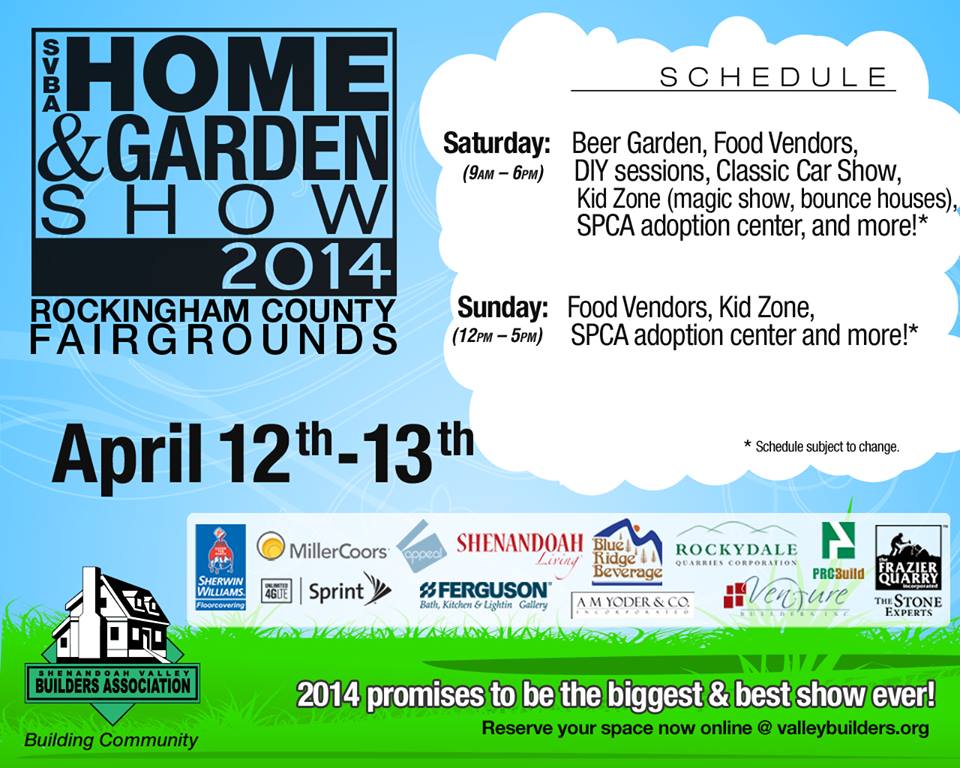
by harrisonburgarchitect | Apr 11, 2014 | architecture, Building Science, Harrisonburg Architect
I was at Lowe’s to pick up a couple of new hard hats for the office and there at the end of the check-out counter – a book of plans. Many of our potential clients decide not to hire an architect when they compare paying us to buying a $12 magazine. To them, a new home can be found in a book and you don’t need design to make your dreams come true. A simple tweak here and there and it will be perfect. This will in fact get you a new home – but not a custom home by any definition.
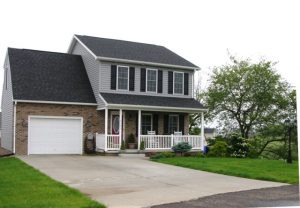
Yesterday as I was driving home, I noticed a sign at the end of a new residential neighborhood – “new custom homes, call us today.” Looking down the street, there are four different homes, built 6-10 times each in this neighborhood. Could it really be that all these people have exactly the same taste, needs, goals, and family demographics. If not, they are simply new homes, and not custom homes.
Last week, a builder told me that he credits me with teaching him about building science. This builder only builds green homes – so I might imply from his statement that I made him better at his core mission. This week, he decided to hire a drafter to design a new home for his clients, because I charge more than drafters. Drafters have little concern for building science and, in many cases, little concern for functional design. Drafters are really good at delivering new homes, but not custom homes.

Good design is required to really have a custom home – a home that is designed for your specific family, way of life, and plans for the future. A home that can adapt to your ever-changing situations. A home that is functional, efficient, healthy, durable, and comfortable. Design costs can be paid for up front on paper or during construction with changes, over sized or poorly designed structural and mechanical systems, lack of efficiency on a monthly basis, and with an inability to stay in that home for a lifetime. Design does not cost more, but lack of design up front will cost a fortune.
by harrisonburgarchitect | Apr 9, 2014 | architecture, Building Science, Harrisonburg Architect
I remember as a kid seeing ads for X-Ray goggles on the back of comic books. The idea of being able to see through a wall was a thing of fantasies for young aspiring spy kids. Now today, as a practicing architect, I find that x-ray goggles are not only possible, but a requirement for doing a home renovation the right way.
 Every home has secrets behind the drywall that impact indoor air quality, efficiency, and durability. There are pipes and ducts that may not be found until the renovation work has begun – usually adding to the cost of construction. Water issues can exist for years without being seen on the surface of a wall or roof leaving an even bigger mess once uncovered during construction. Having x-ray vision is the only way to reduce these cost impacts and delays during a renovation project.
Every home has secrets behind the drywall that impact indoor air quality, efficiency, and durability. There are pipes and ducts that may not be found until the renovation work has begun – usually adding to the cost of construction. Water issues can exist for years without being seen on the surface of a wall or roof leaving an even bigger mess once uncovered during construction. Having x-ray vision is the only way to reduce these cost impacts and delays during a renovation project.

 OK, so it is not exactly x-ray vision, but rather the use of thermal imaging that we use during a renovation project that allows us to “see through” a wall. On a recent project I invited Ivy Tools to show our clients, the builder, and me the power of using a thermal imaging camera to eliminate some of the guess-work during design.
OK, so it is not exactly x-ray vision, but rather the use of thermal imaging that we use during a renovation project that allows us to “see through” a wall. On a recent project I invited Ivy Tools to show our clients, the builder, and me the power of using a thermal imaging camera to eliminate some of the guess-work during design.
In this project we are removing some existing walls – which the camera was able to identify had pipes and ducts that we otherwise did not know about. This allowed for proper advanced planning to take place eliminating the need for a costly change order during construction. We found thermal breaks in the envelope of the house so we could include those modifications in the initial scope and budget for the renovation of the home. We also found a surprise vent pipe in the attic which was a major thermal leak from the home which was contributing to comfort issues for years. While we cannot eliminate all the unknowns on a renovation project, this technology can identify some of the concealed conditions allowing for a better design before construction begins.
by harrisonburgarchitect | Apr 7, 2014 | architecture, Building Science, Harrisonburg Architect, Indoor Air Quality
Permeability is a HUGE topic in our mixed humid climate for anyone involved in the construction industry. The perm rating of a product is the measure of the diffusion of water vapor through a material. This vapor drive through a building material can make or break the durability, efficiency, and indoor air quality of a project.
In our climate, the key is to have a wall and roof assembly that is air tight and vapor permeable. This is an almost impossible task so there are other things that need to be done for the house to be as efficient and durable as possible – but I will not go into that depth with this post.
Vapor permeability (air tight and vapor permeable) is sometimes referred to as the breath-ability of a system or ability to let water vapor pass. This should not be confused with stopping bulk moisture, which is a must for a wall and roof assembly. Bulk water is moisture in liquid form and water vapor is a gas.
So why is vapor permeability so important to the health, efficiency and durability of a building system? Because walls and roofs do get wet. Condensation will occur in some systems. Plumbing leaks do happen on occasion. Most important, we have two seasons here in Virginia and therefore have two different vapor drive directions. So walls and roofs need to be able to dry in both directions. When a wall cannot dry out, it becomes susceptible to moisture damage (rot, mold, insects).
Anything with a perm rating of less than 1 is a semi-vapor barrier. These products should be used sparingly for the thermal envelope in our climate. Anything less than 10 has low permeability and care needs to be taken to dry the assemblies out and not trap vapor inside.
Many products we use traditionally need extra thought due to their permeability:
Open Cell Foam = 15 Perms
Closed Cell Foam = 1 Perms
Concrete = 3.2 Perms
Gypsum wall board = 50 Perms
Plywood Sheathing = 10 Perms
OSB Sheathing = 2 Perms
Oil Paint = 1.6 Perms
15# Felt = 8 Perms
Kraft paper batts = 1 Perms
House wrap = range 5 to 50 Perms
Having an architect that understands building science is a must in our mixed humid climate. A well planned wall and roof assembly will be healthy, durable, and energy-efficient.
by harrisonburgarchitect | Apr 4, 2014 | architecture, Building Science, Harrisonburg Architect
 Sometimes you show up on a job site and the builders have done a little more than you asked of them. This is a sign that they care about their work. Sometimes it is a job site with all the trash picked up, including extra nails, scraps of wood, and pieces of house wrap. This sets a certain standard for those coming to the site the next day to work. It also allows the homeowners / developers to visit the site and not have to worry about stepping on something. It shows that the builders care as much about their project as they do their own home. It could also be something that the homeowner would never notice like insulated headers above the doors and windows. This will reduce energy usage in the home for years to come.
Sometimes you show up on a job site and the builders have done a little more than you asked of them. This is a sign that they care about their work. Sometimes it is a job site with all the trash picked up, including extra nails, scraps of wood, and pieces of house wrap. This sets a certain standard for those coming to the site the next day to work. It also allows the homeowners / developers to visit the site and not have to worry about stepping on something. It shows that the builders care as much about their project as they do their own home. It could also be something that the homeowner would never notice like insulated headers above the doors and windows. This will reduce energy usage in the home for years to come.
Having a builder that does the little extras is crucial to creating the best possible end result. I certainly take note of the builders that deliver the extras through the construction process when deciding who to suggest to a client on the next project. Read our blog post on how to know if you’re choosing the best contractor.
What have you seen done on a job site that set a builder apart from the others?
by harrisonburgarchitect | Mar 29, 2014 | Harrisonburg Architect
This wet winter has been incredible for our soils. We got a lot of moisture for growing rich soils and beautiful gardens this spring. Now is the time to take advantage of it and start prepping the garden. Here are 6 spring tips for an incredible vegetable garden:

1. Plan your garden. What do you want to grow? How much space do you have to grow it? How much time do you have to maintain it? Start small with a few items – even in containers. Tomatoes are a common option. We have also had good luck with Squash, peppers, lettuce, and corn (depending on the amount of space you have to grow your garden). Here is a link to a garden planner that might help.
2. Order your seeds. For our garden, we like to use Heirloom seeds. They produce fruits and vegetables with exceptional taste, they are likely more nutritious, and are openly pollinated. Here is a list from Mother Earth News. We typically purchase our seeds from Mineral Virginia’s very own Southern Exposure Seed Exchange.
3. Repair any damaged raised beds, reinforce your trellis and fencing, clean up the trash in your yard, drainage ditches, and flower beds.
4. Get a soil test. Here is a link to the Virginia Cooperative Extension for more information on testing. A soil test will provide you with the information needed to have happy, healthy soil for your garden.
5. Prune dead or damaged plants, vegetable plant skeletons, and dead foliage. Don’t use diseased plant material for your compost bin, but this is a good time of year to start composting.
6. Start your seeds inside. You can use recycled milk cartons, newspaper pots, or even plastic cups. Be sure to provide drainage in the bottom for best results. Add soil and water, plant your seeds, and provide a nice sunny spot for them. Here is a good guide for getting started: Organic Gardening.
by harrisonburgarchitect | Mar 28, 2014 | architecture, Building Science, Harrisonburg Architect
If you plan on renovating a home or building a new home, the SVBA Home and Garden Show is the place to find the needed information. While you can find endless information online about designing and building a home – you cannot look the person in the eye. This direct connection, trust, and opportunity to ask open questions is priceless.
Attend the Home Show and….
- Shop and compare in one place
- Save time by meeting a wide range of companies under one roof
- Discover new ideas and interesting products for your home
- Find the best resource in home improvement, landscaping, and design services
- Meet face to face and build trust before you hire
- Get expert advice and learn from the pros
- Get inspired and excited about your home and the countless possibilities

The show opens April 12-13 at the Rockingham County Fair Grounds. This event includes kid’s activities, car show, food trucks, in addition to the leading experts in the residential building industry.
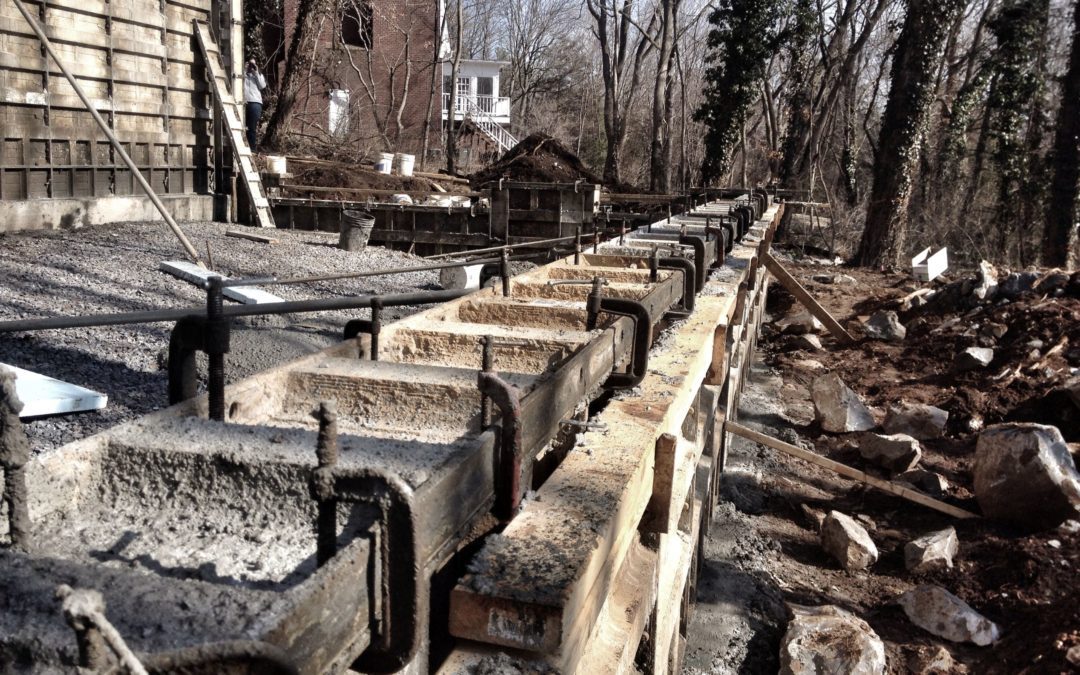

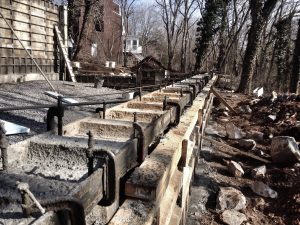

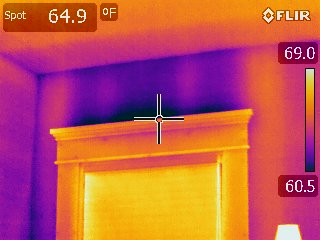

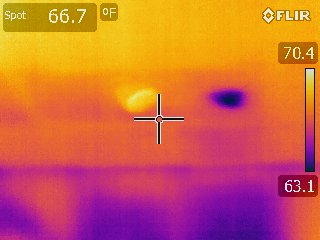
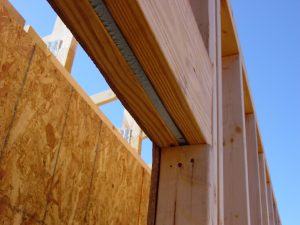 Sometimes you show up on a job site and the builders have done a little more than you asked of them. This is a sign that they care about their work. Sometimes it is a job site with all the trash picked up, including extra nails, scraps of wood, and pieces of house wrap. This sets a certain standard for those coming to the site the next day to work. It also allows the homeowners / developers to visit the site and not have to worry about stepping on something. It shows that the builders care as much about their project as they do their own home. It could also be something that the homeowner would never notice like insulated headers above the doors and windows. This will reduce energy usage in the home for years to come.
Sometimes you show up on a job site and the builders have done a little more than you asked of them. This is a sign that they care about their work. Sometimes it is a job site with all the trash picked up, including extra nails, scraps of wood, and pieces of house wrap. This sets a certain standard for those coming to the site the next day to work. It also allows the homeowners / developers to visit the site and not have to worry about stepping on something. It shows that the builders care as much about their project as they do their own home. It could also be something that the homeowner would never notice like insulated headers above the doors and windows. This will reduce energy usage in the home for years to come.
